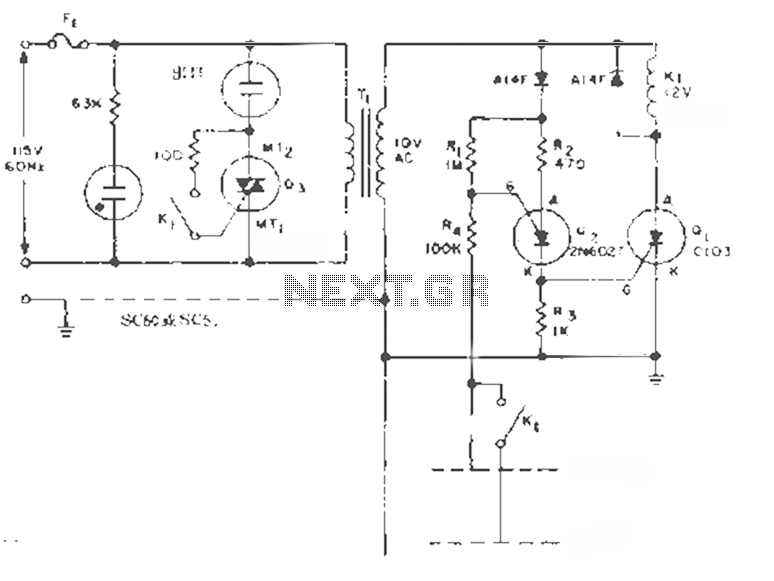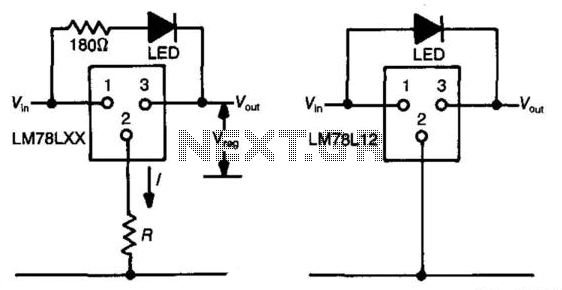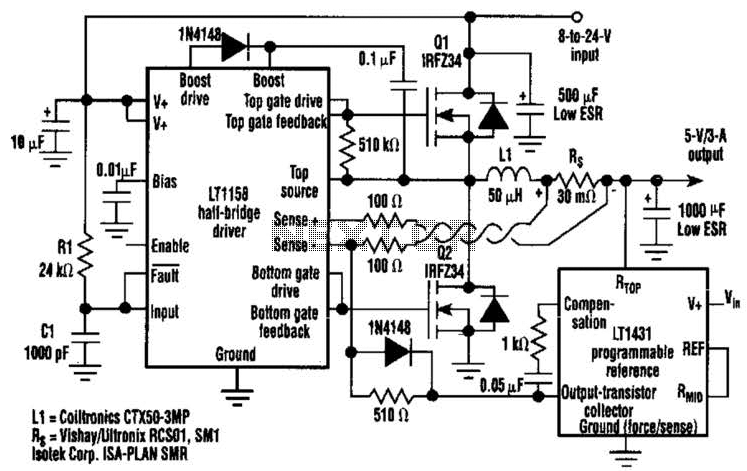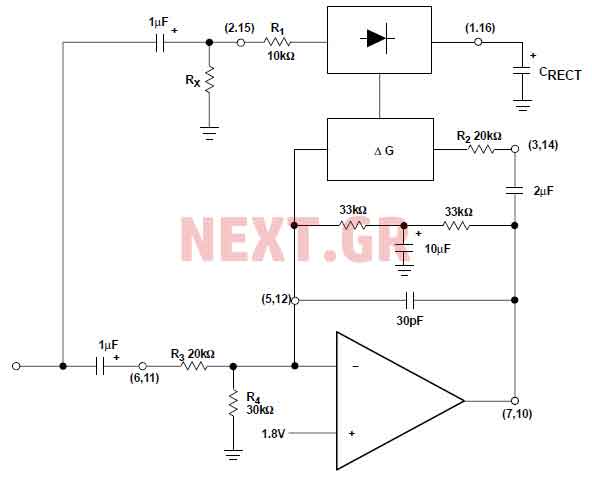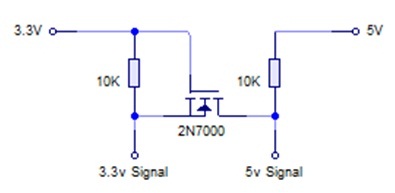
3 level mini elevator semi finished needs debugging

A circuit design has been conceptualized, and an Assembly code program has been drafted for a three-level mini system.
The described circuit design focuses on a three-level mini system, which can be interpreted as a hierarchical structure where each level serves a specific function or purpose. This type of design is often utilized in applications such as control systems, data processing units, or educational projects aimed at demonstrating fundamental electronic principles.
The first level of the system typically involves input processing, where sensors or user interfaces collect data. This level may include components such as resistors, capacitors, and operational amplifiers to condition the input signals for further processing. The Assembly code written for this level is crucial for interpreting the raw data, managing input signals, and ensuring that they are formatted correctly for the next stage.
The second level is often focused on data manipulation and decision-making processes. Here, microcontrollers or microprocessors play a vital role, executing the Assembly code to perform calculations, logic operations, and control functions. This level may also involve memory elements to store temporary data and results from the input stage, which can be utilized in real-time applications.
The third level typically encompasses output generation, where the processed data is translated into actionable outputs. This could involve driving motors, lighting LEDs, or sending data to displays. The Assembly code in this stage is responsible for managing the output devices, ensuring timely and accurate responses based on the processed inputs and decisions made in the previous level.
Overall, the integration of these three levels within the circuit design allows for a modular and efficient system that can be adapted for various applications. The careful consideration of each level's functionality, along with the corresponding Assembly code, is essential for achieving optimal performance and reliability in the final product.Hi to all So I have come to a point where I was able to think about a certain circuit design and write the Assembly code program for my 3 level mini .. 🔗 External reference
The described circuit design focuses on a three-level mini system, which can be interpreted as a hierarchical structure where each level serves a specific function or purpose. This type of design is often utilized in applications such as control systems, data processing units, or educational projects aimed at demonstrating fundamental electronic principles.
The first level of the system typically involves input processing, where sensors or user interfaces collect data. This level may include components such as resistors, capacitors, and operational amplifiers to condition the input signals for further processing. The Assembly code written for this level is crucial for interpreting the raw data, managing input signals, and ensuring that they are formatted correctly for the next stage.
The second level is often focused on data manipulation and decision-making processes. Here, microcontrollers or microprocessors play a vital role, executing the Assembly code to perform calculations, logic operations, and control functions. This level may also involve memory elements to store temporary data and results from the input stage, which can be utilized in real-time applications.
The third level typically encompasses output generation, where the processed data is translated into actionable outputs. This could involve driving motors, lighting LEDs, or sending data to displays. The Assembly code in this stage is responsible for managing the output devices, ensuring timely and accurate responses based on the processed inputs and decisions made in the previous level.
Overall, the integration of these three levels within the circuit design allows for a modular and efficient system that can be adapted for various applications. The careful consideration of each level's functionality, along with the corresponding Assembly code, is essential for achieving optimal performance and reliability in the final product.Hi to all So I have come to a point where I was able to think about a certain circuit design and write the Assembly code program for my 3 level mini .. 🔗 External reference
